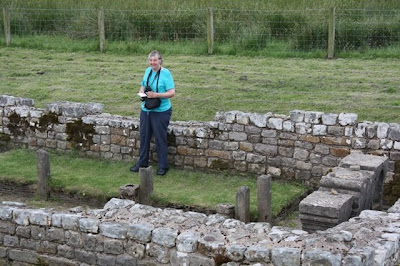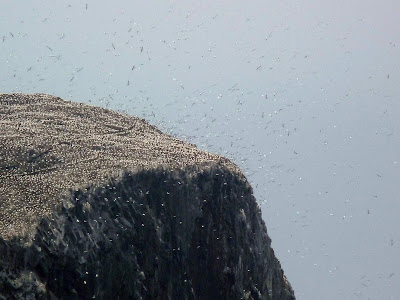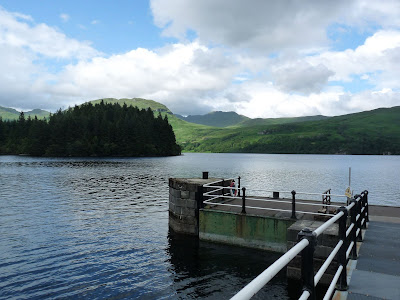




Last week a friend of mine was in London, listening to fellow poet, Crysse Morrison declaiming from the Fourth Plinth in Trafalgar Square. This week another friend alerted me to the fact that my lecturer (from 1979!), Jeremy Paterson (and here) was marking his retirement with an appearance from the same Fourth Plinth - in a Roman toga. His purpose was in part to promote Latin in schools, and the Minimus mouse material in particular. The Minimus books are written by Barbara Bell and Helen Forte. They have a vocabulary section and a Minimus glossary. Some of the Minimus tales (or tails?) revolve around Vindolanda, as you can see from the Minimus blog.
- Earlier post on the Hadrian's Wall area, including the Great North Museum, our student Rag Day 'Homer-in-Greek' oration - and a mention of Maureen Almond's splendid poetry anthology, 'Recollections', about items in the old Newcastle University Museum of Antiquities.










